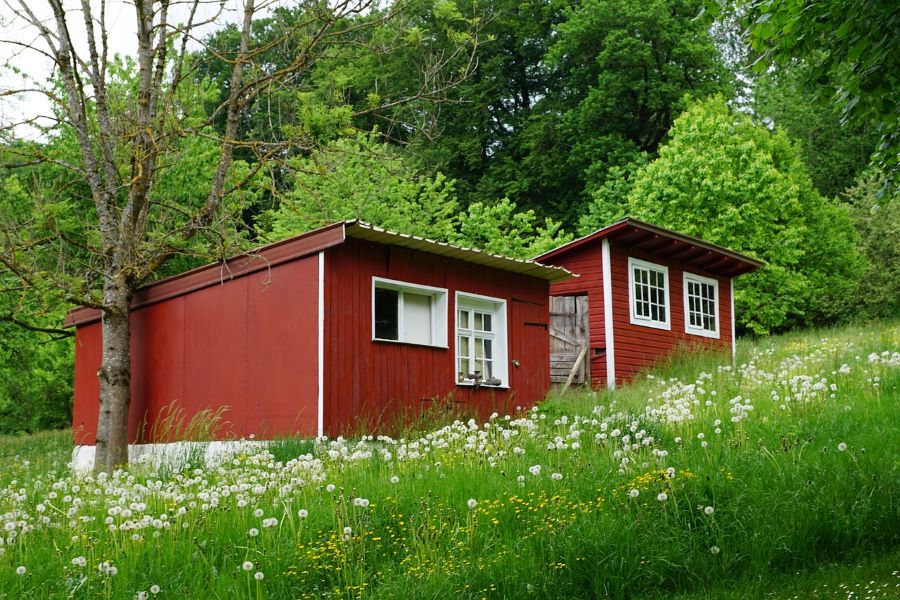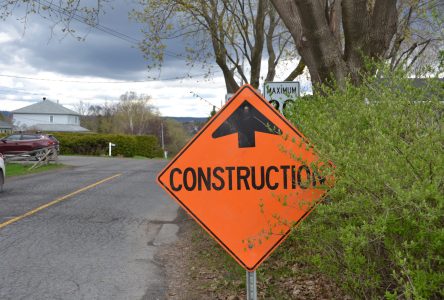Champlain Township council and staff wonder if the mushrooming popularity of the “tiny homes” movement could help expand the available housing market for the municiplaity.
Jennifer Laforest, township chief planner, presented an updated report during council’s June 22 session on the issue of revising the municipality’s planning and zoning guideline policies to increase the number of “tiny homes” projects in the community.
“Tiny homes as secondary (housing) units are already permitted,” Laforest said, adding that they may be some type of expanded addition to an existing residence, renovation of a garage or shed, or actual design and construction of a new permanent dwelling on the existing residential property.
These secondary “tiny home” additions to the property may serve as accommodations for some member of the family or they may be rented out to a lodger as additional family income. The planning department’s research indicated that one method to increase the amount of potential rental units within the township could involve amending existing zoning regulations to allow two “tiny home” units on a residential lot if there is already an existing residence on the property. The amendment would include conditions concerning sufficient space available for two “tiny homes” and other guarantees for proper utility services for the units.
“Tiny homes may have a small but potentially positive role to play in diversifying the housing stock in Champlain Township,” Laforest noted in her report.
What is a tiny home?
The definition for a “tiny home” is “a small, self-contained dwelling unit between 25 and 37 square metres” that must have “a full bathroom, kitchen, and sleeping area” and must be on a permanent foundation, with access all utility services. The Ontario Building Code has guidelines for these type of permanent dwellings. A tiny home set up on a wheeled platform that makes it mobile is not covered under the Ontario Building Code.
Laforest noted during a separate interview that any “tiny homes” amendment to the local zoning regulatiosn would be for either a single person or a couple as occupants.
She also noted in her report that council could also consider planning and zoning guidelines changes that would allow for “pocket neighbourhoods” that would feature three or four “tiny homes” on a single lot. The occupants of the homes would parking space and utility service connections.
Council voted to receive the report and directed administration to set up a public consultation process about changes to the municipal zoning guidelines to allow for more “tiny house” projects.



